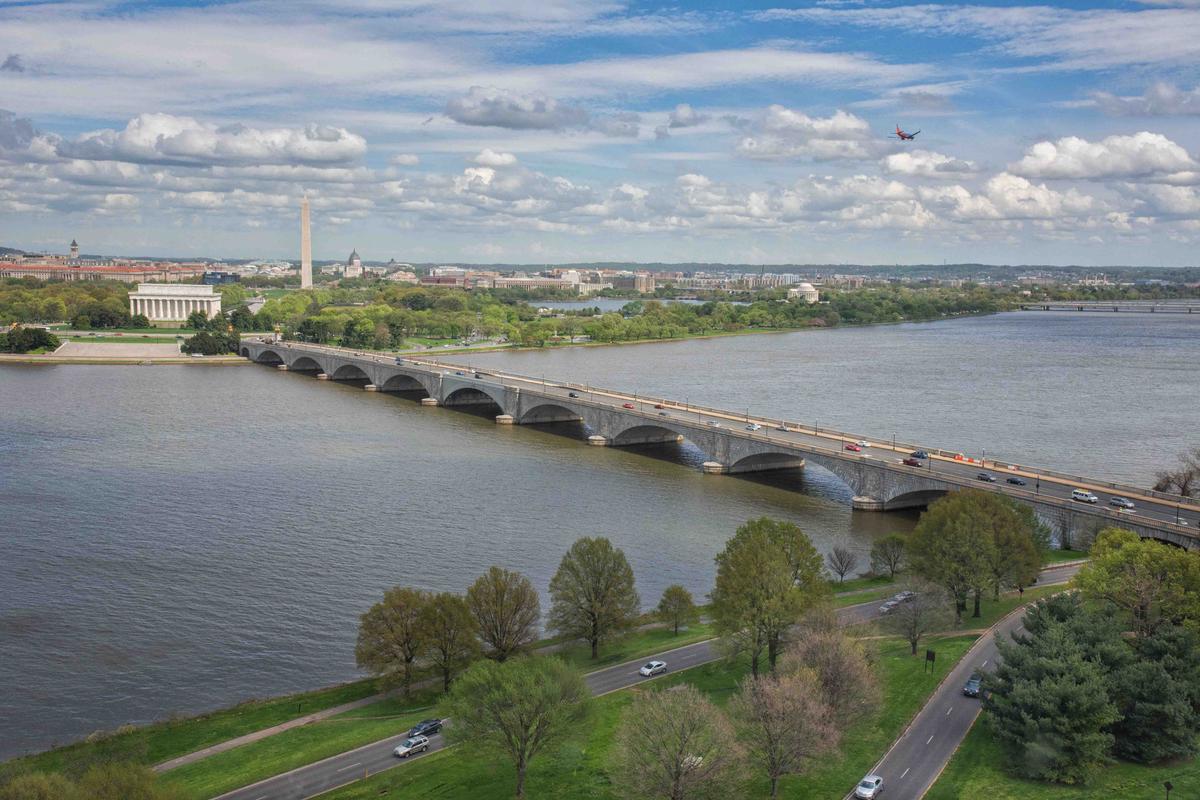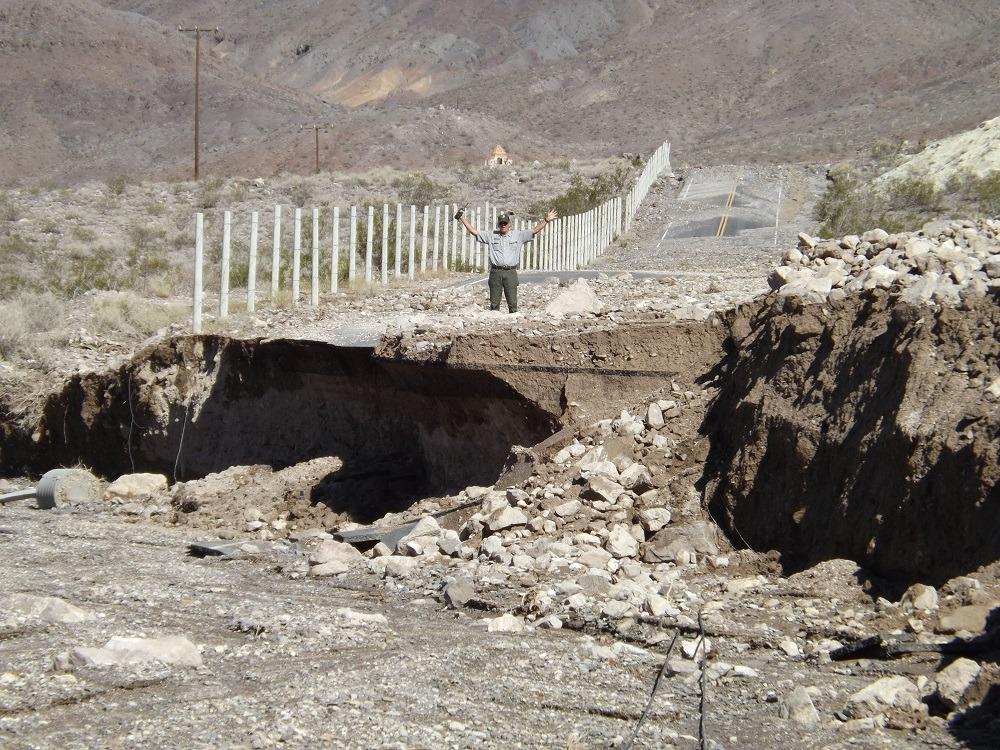President Donald Trump’s Interior Ministry is investing over $300 million to repair aging infrastructure at national parks, wildlife refuges, and fishing hatcheries, battling a massive maintenance backlog left by several previous administrations.
The money will feed dozens of projects, including over $21 million to rehabilitate the guest wings of the Mammoth Hot Springs Hotel in Yellowstone National Park. The outdated guest rooms have long been scorned by visitors otherwise impressed by the historical building. The investment will also increase the guest wings’ resilience to earthquakes.
Over $18 million has been earmarked for repairs to the Arlington Memorial Bridge, part of a $227 million project to rehabilitate the neoclassical structure spanning the Potomac River in Washington. The bridge has been determined “structurally deficient” and, since 2015, can no longer be used by large vehicles such as trucks and buses.

“This is a huge win for Northern Virginia commuters, as well as visitors to the nation’s capital,” Sen. Tim Kaine (D-Va.) said, praising the project last year in a press release. “As we celebrate this good news, we should also redouble our efforts to pass a major infrastructure bill so other aging bridges don’t degrade to such a terrible condition in the first place.”
Major construction by Kiewit Infrastructure Co. of Hanover, Maryland, should start in the fall.

The current investments are but a single step in a steep climb out of the agency’s mammoth maintenance backlog.
Earlier this year, an observation deck overlooking Lake Michigan at the Indiana Dunes National Lakeshore crumbled and fell to the ground after years of erosion. Showers, campgrounds, and lodges at Everglades National Park in Florida remain broken more than a decade after being destroyed during a hurricane. The Statue of Liberty National Monument faces a maintenance backlog of more than $166 million’s worth of repairs, including over $34 million needed to stabilize the Ellis Island Seawall.
About half the agency’s backlog consists of repairs needed on the more than 5,500 miles of paved roads managed by the agency.
The act would redirect some miscellaneous revenue from oil, gas, coal, or alternative energy development on federal land and water toward the Park Service’s maintenance backlog.
Close to $700 million also went to American Indian tribes and over $2.5 billion went to the general fund of the Treasury. The bill aims to use some of the money going to the Treasury over the next 10 years to restore national park infrastructure.
“Infrastructure is an investment, not merely an expense. And every dollar we put into rebuilding our parks will help bolster the gateway communities that rely on park visitation for economic vitality,” he said. “Since the early days of my confirmation, I’ve been talking with members of the House and Senate about how we can use energy revenue to rebuild and revitalize our parks and communities.”
The bill was referred to the Committee on Energy and Natural Resources in March, but has not progressed since.
The Park Service manages 417 sites, which were visited by 330 million people last year.





Friends Read Free